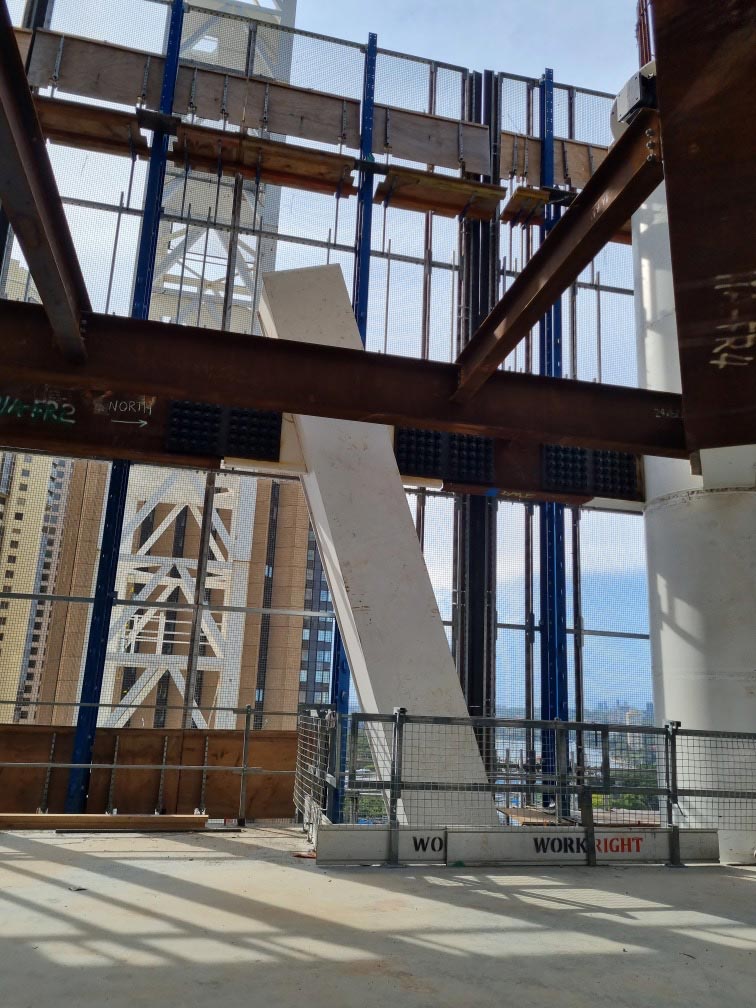Precast Concrete Erection: Embracing Sustainable Construction Practices
14 September 2024
Build faster, greener, and better precast concrete erection. Find out how this sustainable method boosts efficiency & quality in construction.
Precast concrete erection is revolutionising the construction industry by integrating sustainability into building practices. This method, which involves producing concrete components in a controlled environment before on-site assembly, offers numerous environmental benefits. By embracing precast concrete erection, the construction sector can achieve faster project timelines, superior quality, and reduced ecological impact.
Embracing Sustainable Construction Practices
Precast concrete erection is a fantastic example of how sustainable practices can be integrated into construction. Here’s how it embraces sustainability:
• Reduced Waste: Precast concrete is manufactured in controlled environments, which allows for precise control over materials. This leads to minimal waste compared to traditional on-site mixing.
• Efficient Use of Resources: The production process for precast concrete allows for better use of raw materials. Recycled aggregates and industrial by-products can be used in the mix, reducing the need for virgin materials.
• Energy Efficiency: The production process can be optimised for energy efficiency. Precast components can also enhance the energy performance of buildings by providing better thermal mass, which helps in maintaining stable indoor temperatures.
• Shorter Construction Time: Precast concrete elements are produced off-site while foundation work is being done on-site. This parallel process reduces the overall construction time, which can lower energy consumption and reduce the project’s carbon footprint.
• Longevity and Durability: Precast concrete structures are highly durable and require less maintenance, which extends the life of the building and reduces the need for repairs or replacements.
• Reduced Site Disruption: With precast concrete, the majority of the construction work is done off-site, which reduces the environmental impact on the construction site and surrounding areas.
• Reusability and Recyclability: Precast elements can often be reused or recycled at the end of their life cycle, contributing to a circular economy in construction.
• Controlled Quality: The controlled environment of a precast plant ensures high-quality standards and consistency, which can lead to more efficient use of materials and reduced defects.
Key Considerations for Successful Precast Concrete Erection
When implementing precast concrete erection, it’s crucial to address the following factors:
• Design Compatibility: Ensure that the precast components are designed to fit seamlessly with other building elements. Proper planning and coordination with architects and engineers are essential.
• Site Preparation: Adequate site preparation is necessary to accommodate the transportation and erection of precast elements. This includes ensuring that the site can support the weight and logistics of the components.
• Skilled Workforce: Employing a skilled workforce is vital for the proper handling and assembly of precast concrete elements. Training and expertise in handling these materials ensure safety and quality during erection.
• Regulatory Compliance: Adhere to all relevant building codes and regulations to ensure that precast components meet required standards and specifications.
Quality Rigging Services Australia plays a crucial role in the successful execution of precast concrete erection projects. Our expertise in crane hire and rigging ensures the safe and efficient lifting and positioning of precast components. With a deep understanding of the unique challenges associated with this construction method, our team provides tailored solutions to meet your project requirements. Contact us for more information.
Optimized by: Netwizard SEO
